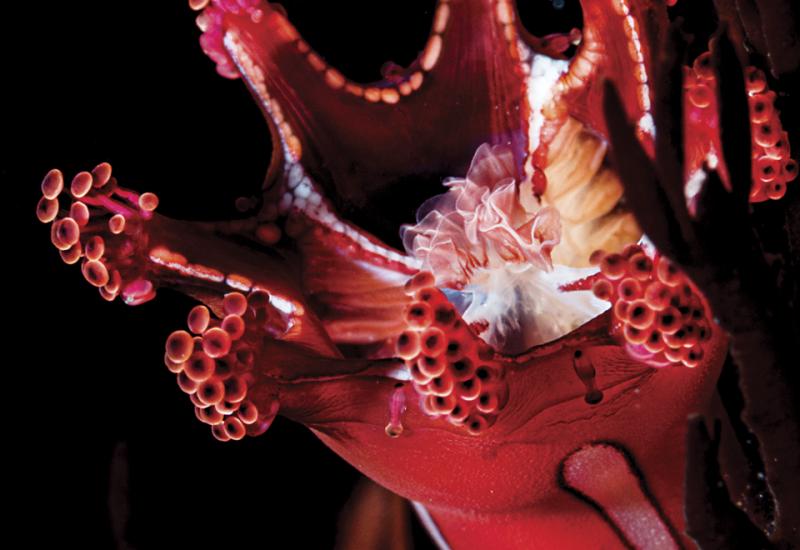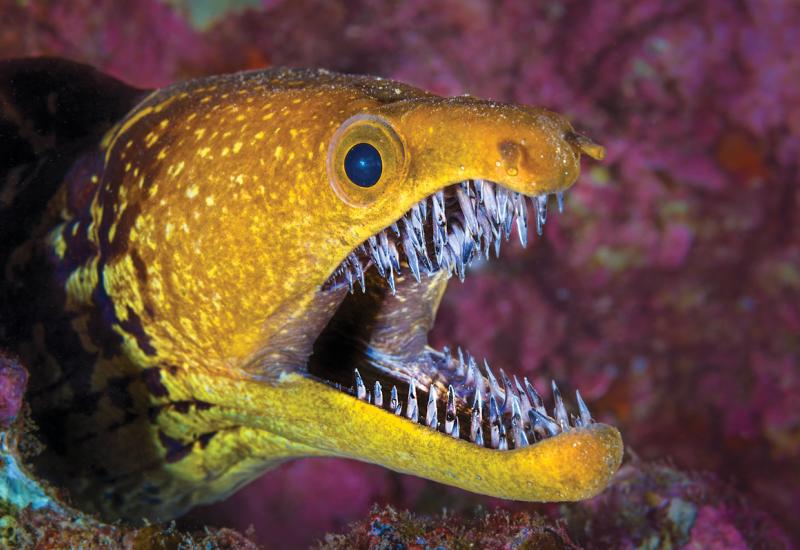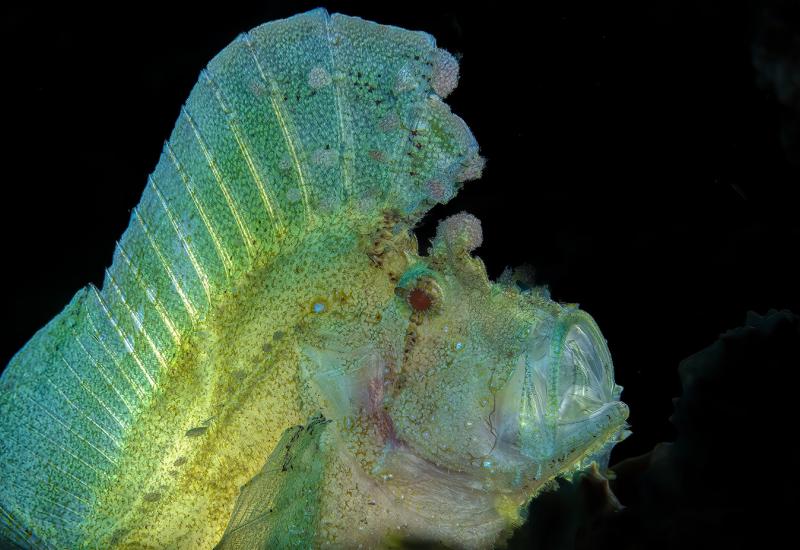10 Amazing Ocean Animals Only Scuba Divers Can See
We scuba divers are a lucky bunch — and we realize it every time we drop down onto a coral reef or explore a wreck dive. Every single time we dive, we find hidden treasures and beautiful sea animals. If you don’t dive, here are 10 amazing sea creatures you can see only after you get certified.
Variable Neon Slug
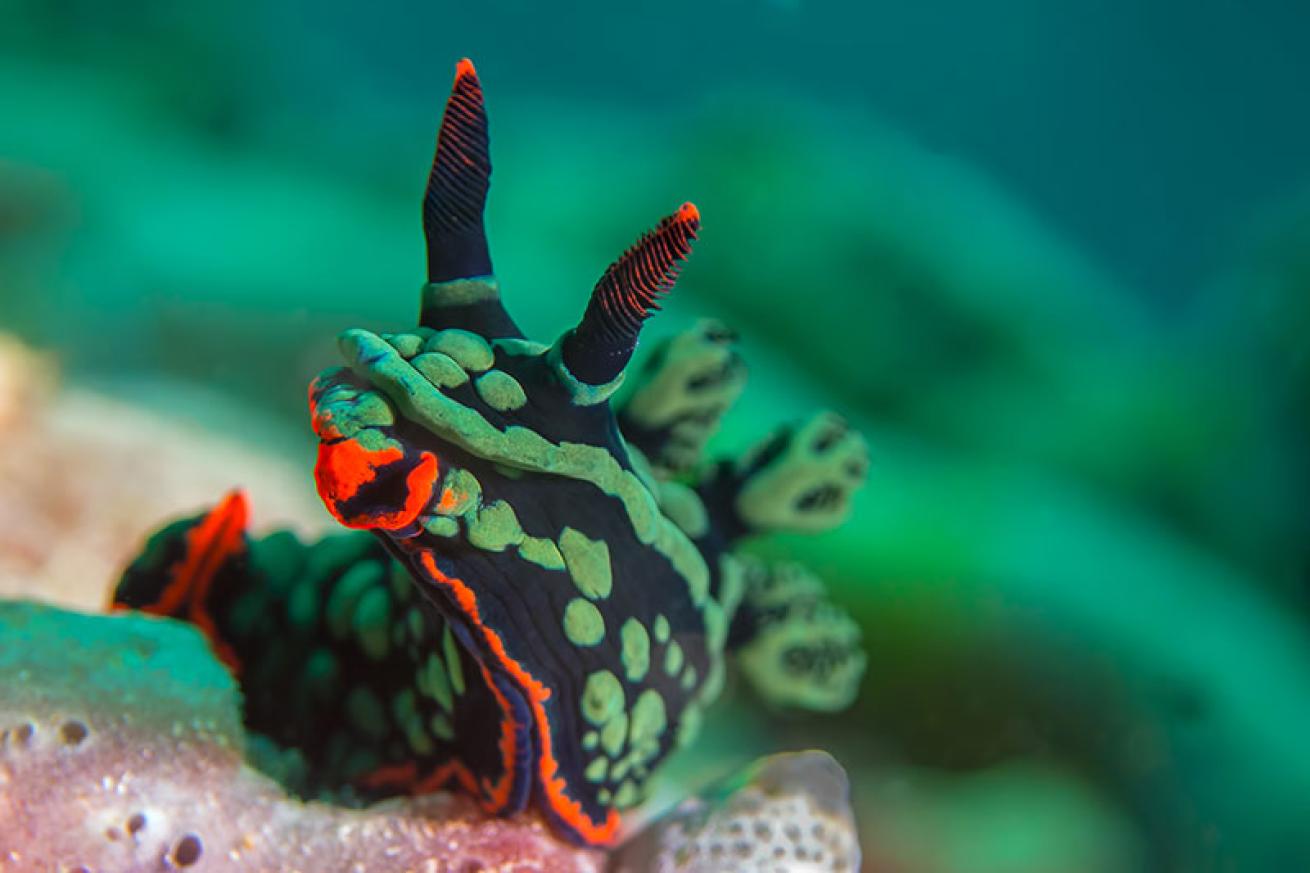
ShutterstockNembrotha kubaryana is also known as the variable neon slug. This one is happily living on hard coral.
This colorful fella is a sea slug or nudibranch. This particular species can grow to 4 inches, which is daily large for a nudibranch (some are shorter than your pinky nail). They’re prized by underwater photographers because of their often extraordinary colors and striking forms. There are more than 2,000 valid species of nudibranchs in the world.
SEE MORE AMAZING NUDIBRANCHS IN THIS PHOTO GALLERY!
Psychedelic Frogfish
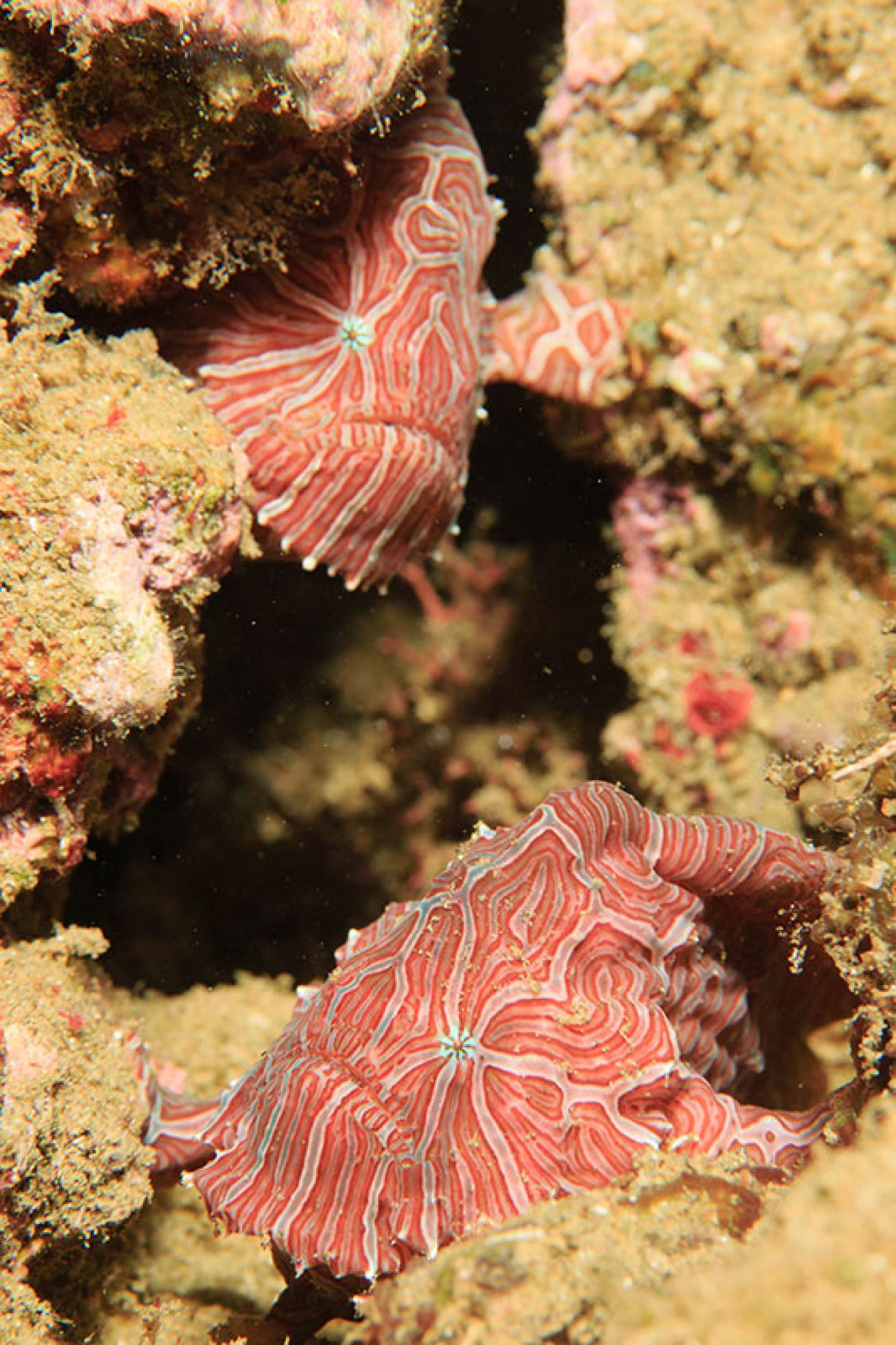
ShutterstockDude. Psychedelic frogfish (Histiophryne psychedelica) get their name for their crazy coloration.
Frogfish or anglerfish are small, short and stocky, and sometimes covered in all manner of appendages to help them camouflage themselves. They often can look like lumps of sponge. But the wacky-looking psychedelic frogfish is found only in the waters around Ambon, Indonesia. It’s also one of the so-called walking fish, which it does by using its pectoral fins on the seafloor — when it’s really moving, it can look a bit like a beach ball being pushed on the sand by wind. Unlike other frogfish that use their illicium and esca to attract prey — a form of mimicry as this part of the fish is used as a fishing-pole-and-bait affair — the psychedelic frogfish hides in cracks and crevices and waits for its favorite prey to wander in.
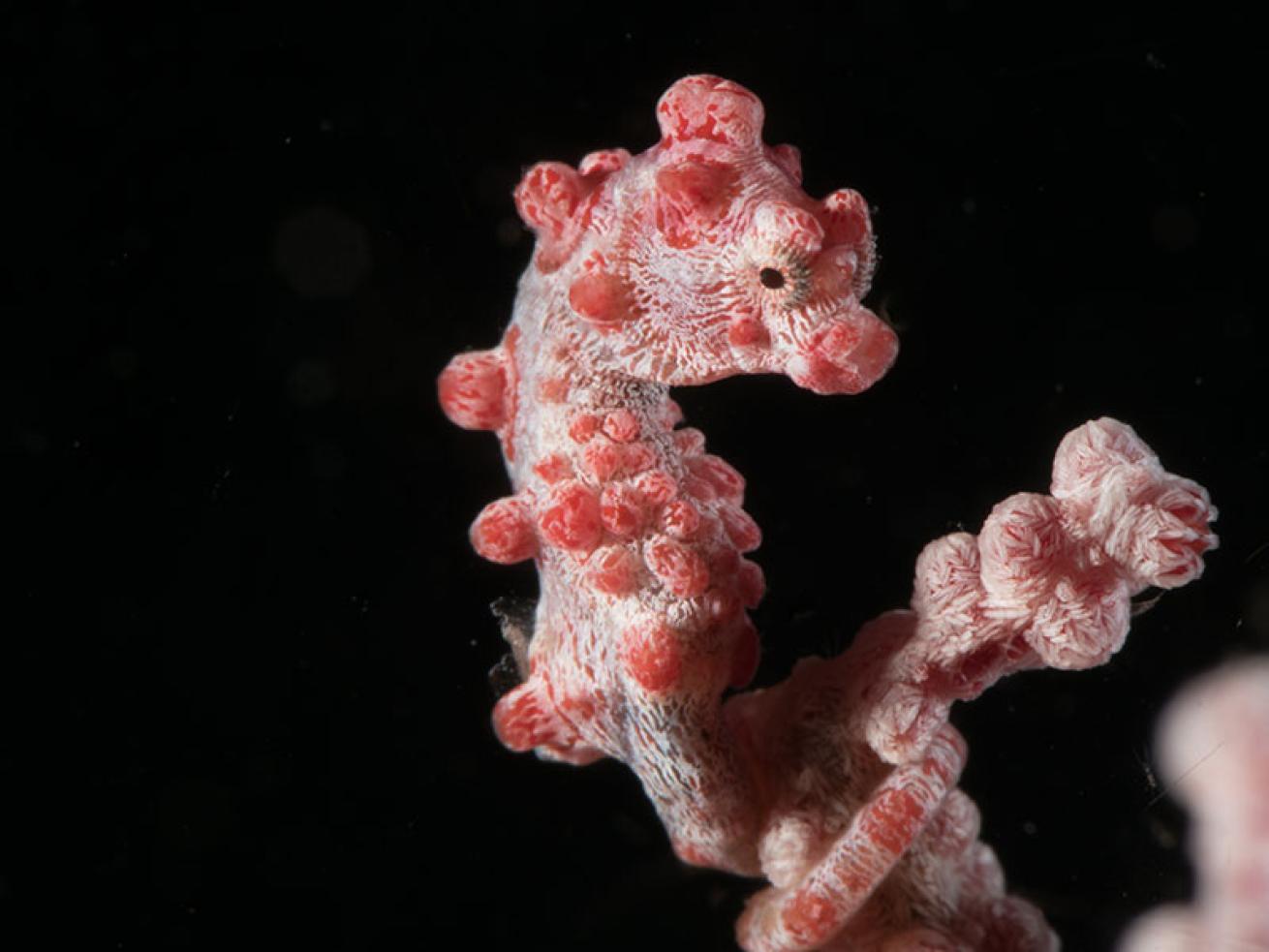
ShutterstockPygmy seahorses, which live in the Coral Triangle area of southeast Asia, are among the smallest species of seahorses found in the world.
Can we get an awwww for this cut Hippocampus bargibanti? Measuring less than 1 inch long, it lives exclusively on the fan coral it resembles so closely. This camouflage is so effective that this tiny creature was discovered accidentally in 1969 by a scientist who had collected samples of the gorgonian they were living on. We know very little about their population numbers, but we divers take great care when we encounter these shy beauties.
Manta Ray
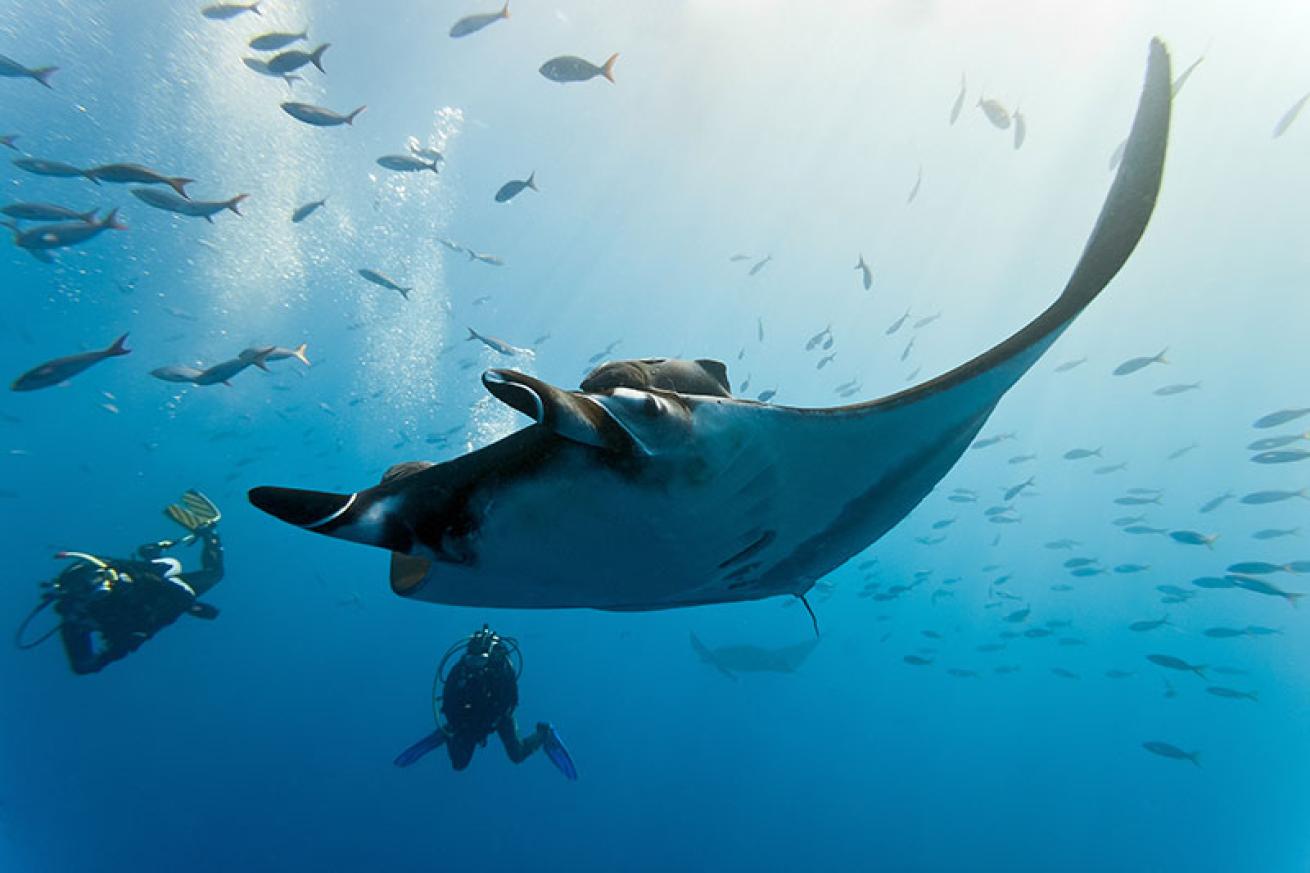
ShutterstockRelated to sharks, manta rays are either Manta birostris, the larger of the species that can have wingspans of 23 feet, or Manta alfredi, which reaches 18 feet.
Acrobatic and majestic, mantas are amazing to encounter, and are often found at feeding and cleaning stations. They are filter feeders and eat large quantities of plankton, which they swallow with their open mouths as they swim. Like some of their shark cousins, they are hunted for their gill rakers and are considered “Vulnerable with an elevated risk of extinction” by the International Union of Conservation.
WATCH OUR VIDEO OF MANTAS FEEDING AT NIGHT
Redspotted Blenny
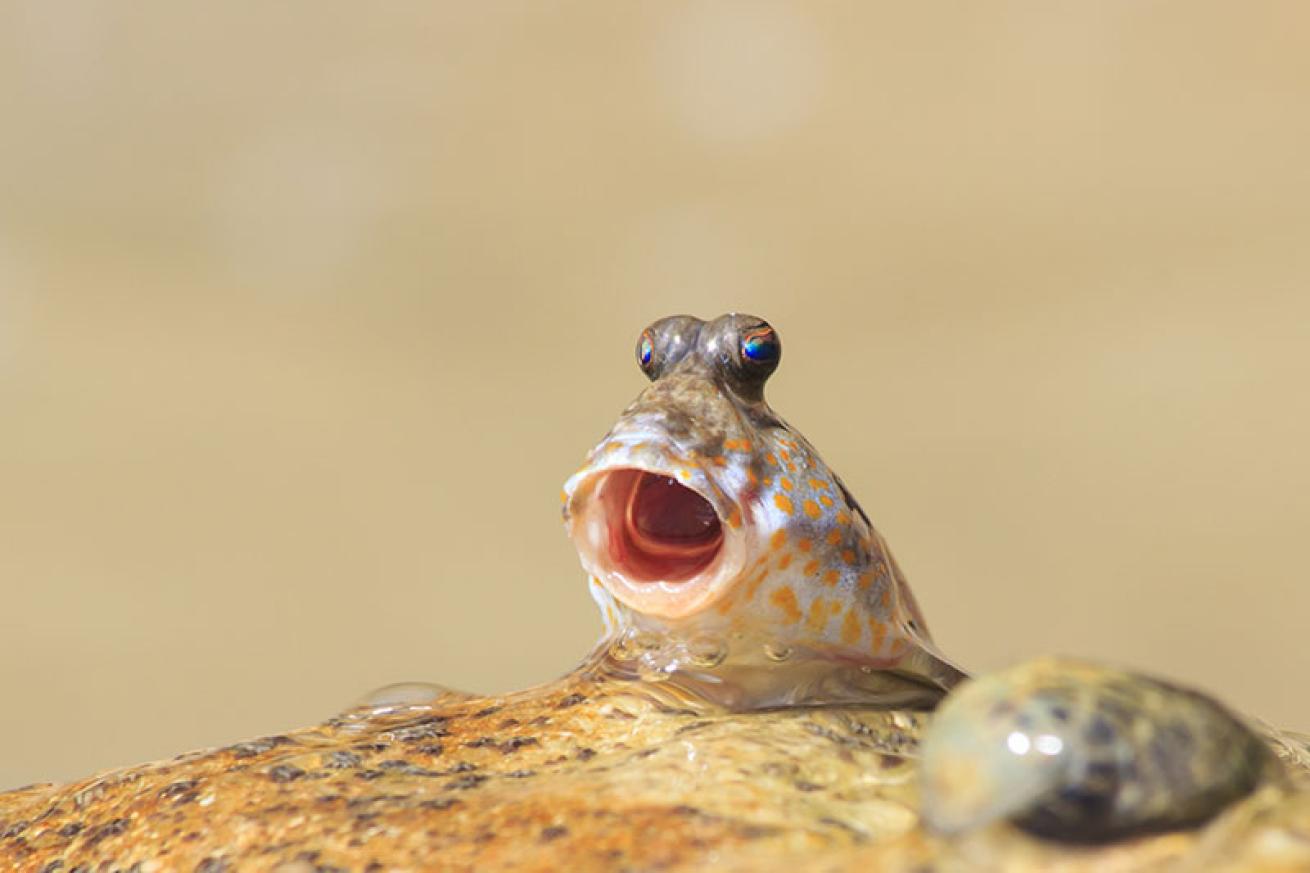
ShutterstockThe redspotted blenny (Blenniella chrysospilos) is a combtooth blenny found in living on the coral reefs in the Pacific and Indian oceans.
Many of these fish are just plain adorable, and some have fleshy filaments on their heads, which can make them look bit comical. There are more than 800 species of blennies in the ocean, and it takes a close, careful eye to find them. They like to hide in home burrows or crevices and are generally reclusive. Some are even found in bottles.
Leafy Seadragon
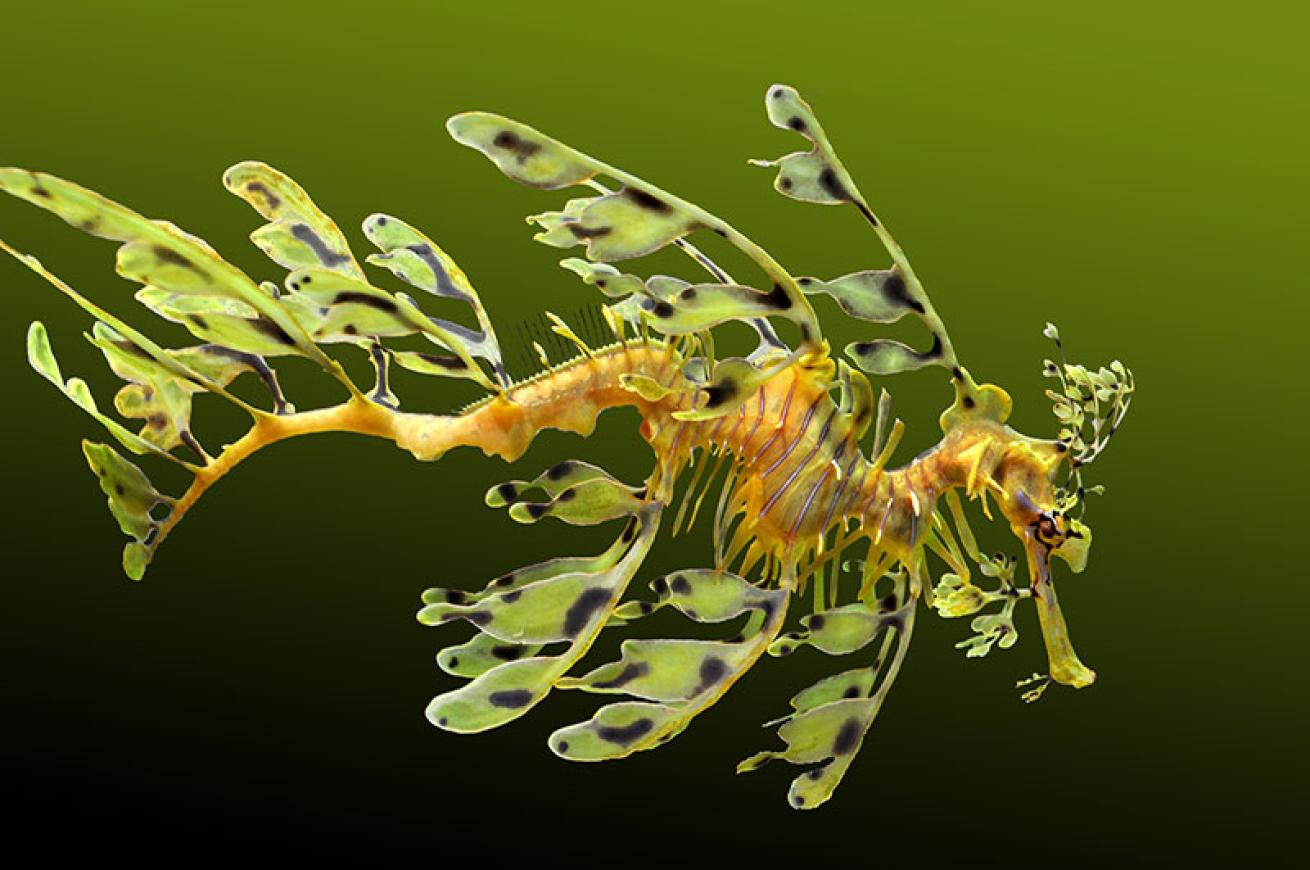
ShutterstockThe leafy sea dragon or Glauert's seadragon (Phycodurus eques) can be found only off southern and western Australia.
These popular members of the seahorse and pipefish family get their name for their resemblance to mythical dragons. They’re affectionately known as leafies. Divers head to Edithburgh and Rapid Jetty to find and photograph them.
Caribbean Reef Shark
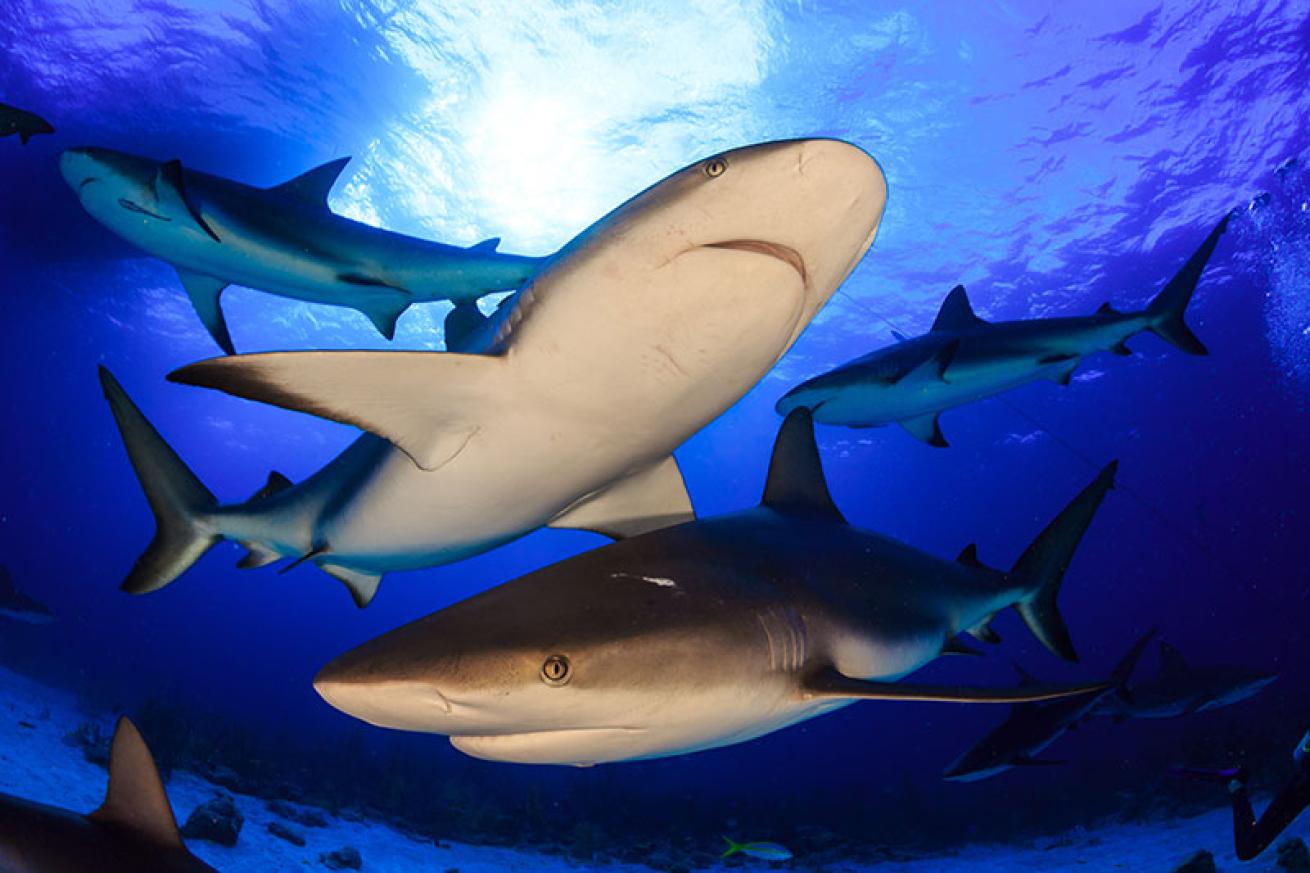
ShutterstockThe Caribbean reef shark (Carcharhinus perezii) is a requiem shark found in the tropical waters of the western Atlantic Ocean from Florida to Brazil. They're extremely popular among divers.
If we divers could convey one thing to nondivers it’s this — sharks have way more to fear from us humans than we humans have to fear from them. Consider this — more people are killed each year by falling vending machines than sharks. Champagne corks kill roughly two dozen people every year, far more than people killed by sharks (usually swimmers and surfers, not divers). In fact, more people have died this year while taking selfies than from shark attacks. These fish are beautiful, and when we see them underwater, we are humbled — and thrilled.
Banded Sea Krait
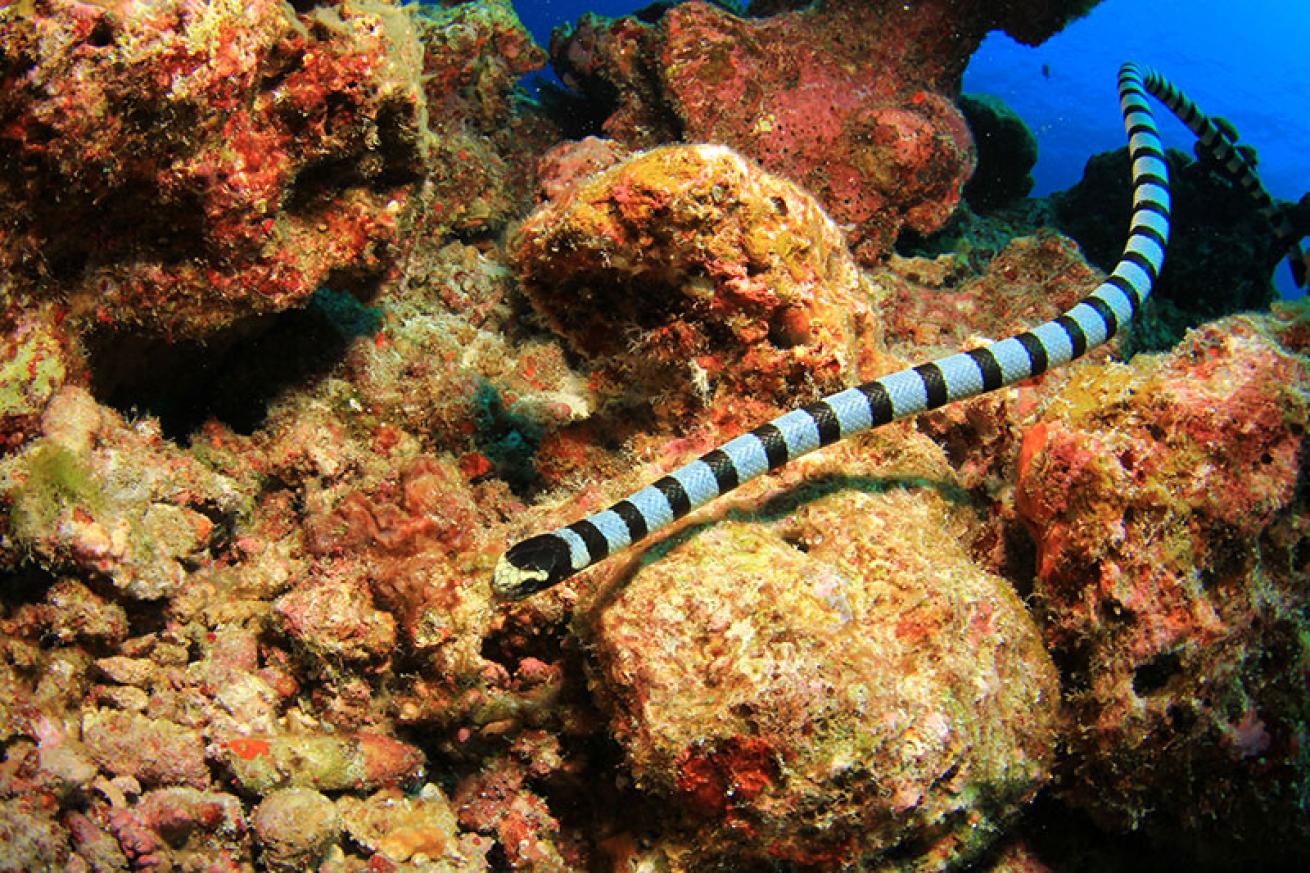
ShutterstockThe banded sea krait or yellow-lipped sea krait Laticauda colubrina uses its paddle-like tail for swimming in its home Indo-Pacific waters.
OK, we get it — it’s a snake, and we know a lot of people are afraid of snakes and prefer that they never, ever encounter one, either on land or in the ocean. But these guys are truly fascinating — they spend most of their time in the sea hunting, but come ashore to reproduce. They are venomous to boot, but are only aggressive toward humans when frightened. Why do we scuba divers love seeing them? It can be quite a spectacle underwater when they’re found in large hunting parties. It’s yet another one of the cool experiences that only divers can have.
LEARN MORE ABOUT SCUBA DIVING OR SIGN UP FOR THE OPEN WATER COURSE TODAY!
Fluorescent Octopus
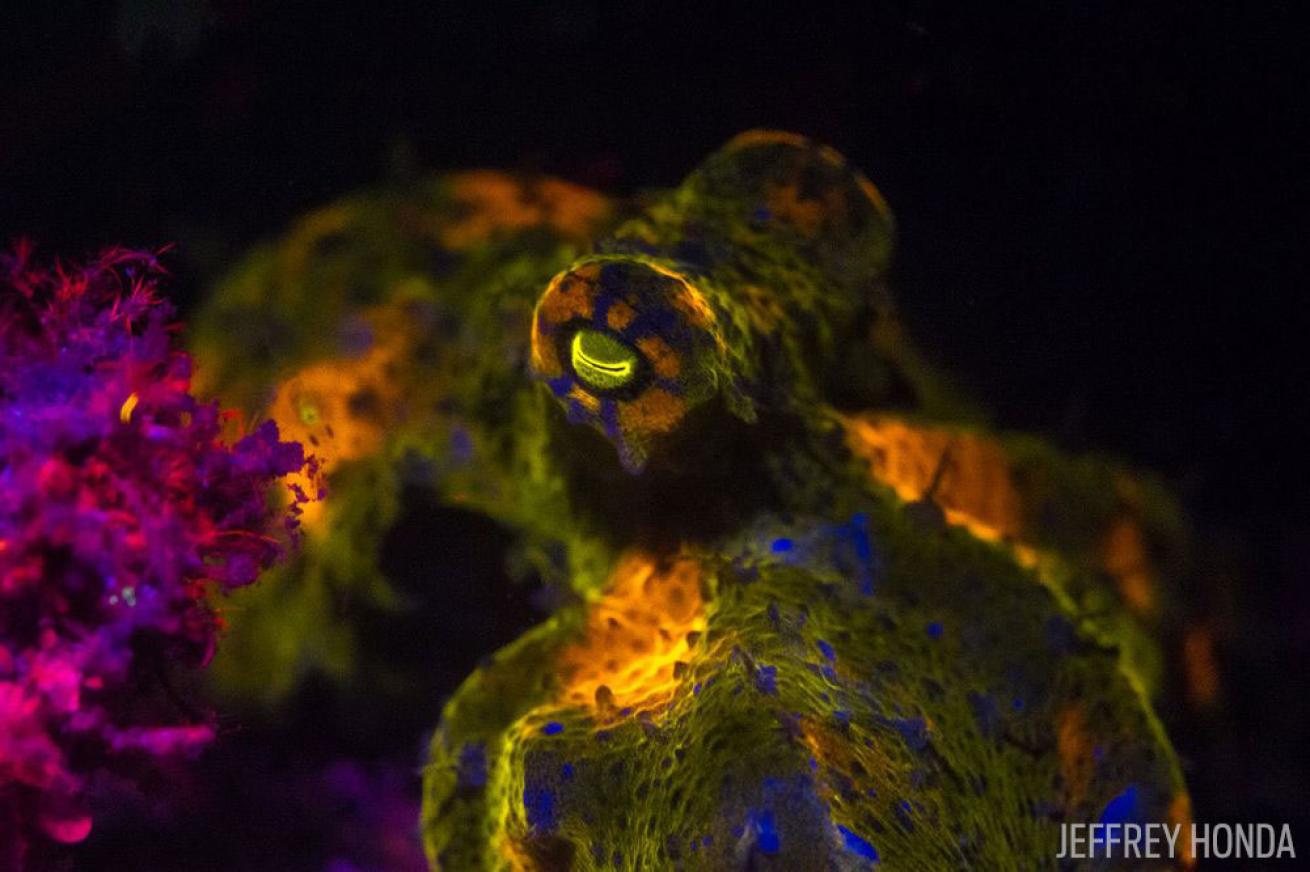
Jeffrey HondaSpecialized gear allows underwater photographers to create fluoro photos.
For some people, the many-armed octopuses are the stuff of nightmares, but scuba divers high-five underwater when they spot them. They can often be found during night dives, when they’re usually more active. Underwater photographers use specialized gear and techniques that they use in fluorescent photography, as in the case with this octopus. It’s magical.
LEARN MORE HERE: Fluoro Photography and Video
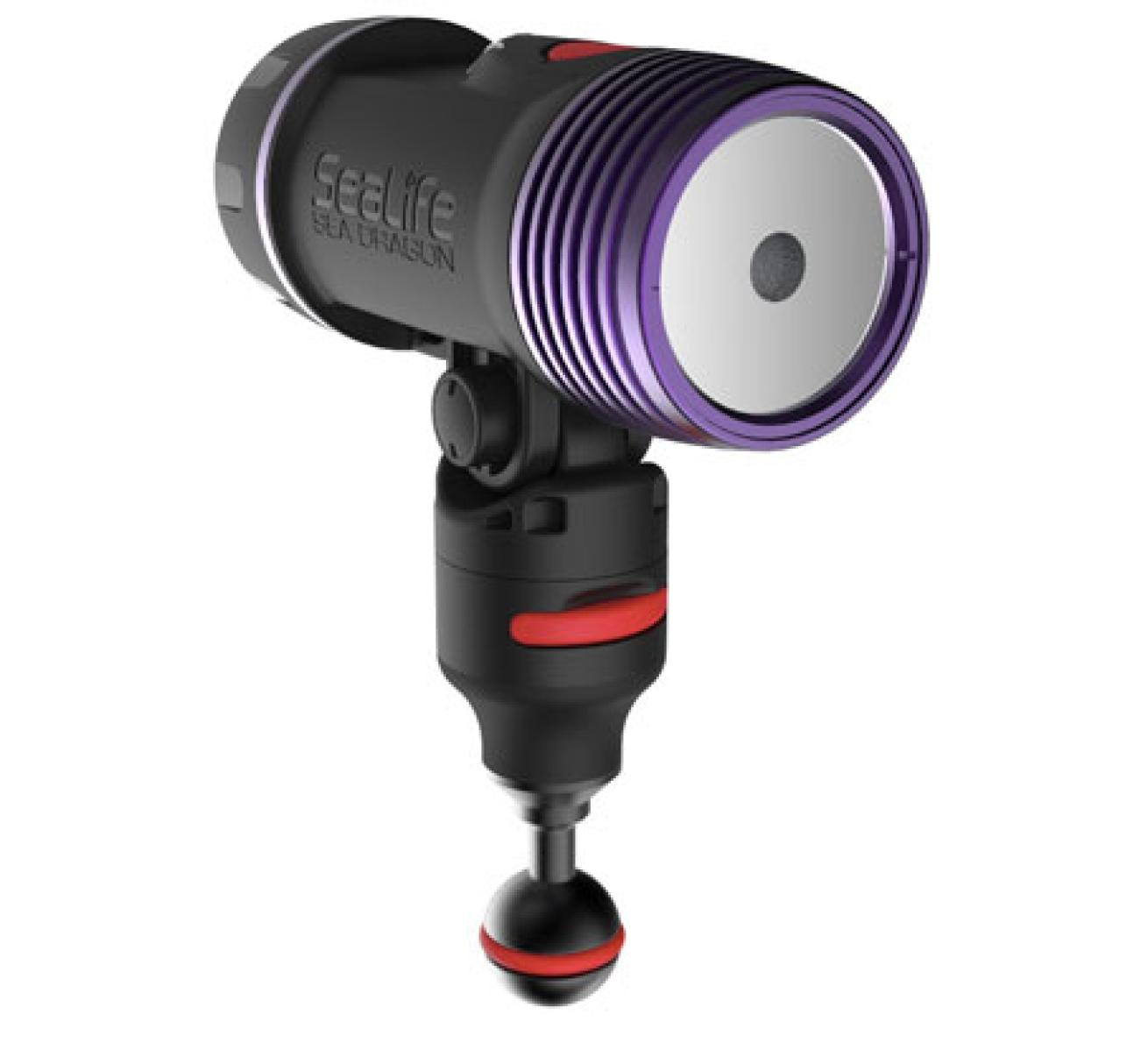
Courtesy SeaLifeUnderwater photographers use a specialized light for fluoro photography. SeaLife's new Sea Dragon Fluoro-Dual Beam emits a powerful blue light beam and adds an integrated dichroic filter, creating the optimal light wavelength to excite underwater life. Two switchable beams transform the versatile light from a blue fluoro 65° flood light to a white 800 lumen 15° concentrated beam with a push of a button. A rechargeable Lithium Ion 7.4V, 3400 mAh, 25Wh battery delivers power for a continuous 2 hours at 100% fluoro emission. For more info: SeaLife Cameras
What is Fluoro Underwater Photography?
It’s the hot new thing in underwater photography. It's not bioluminescence — we're all familiar with the creatures of the sea that emit their own light. Put simply: fluorescence is the name for the absorption of light at one wavelength or color, and its re-emission of light at another wavelength. Remember the black light you had (or still have?) as a teenager?
That's the effect that the right light gives. A blue light like SeaLife's Sea Dragon Fluoro-Dual Beam is much more effective at making underwater organisms glow than ultraviolet. You also must wear a yellow filter visor over your mask. The yellow is designed to remove the reflected blue light and transmit only the fluorescence from the underwater marine life., like the octopus above.
Whale Shark
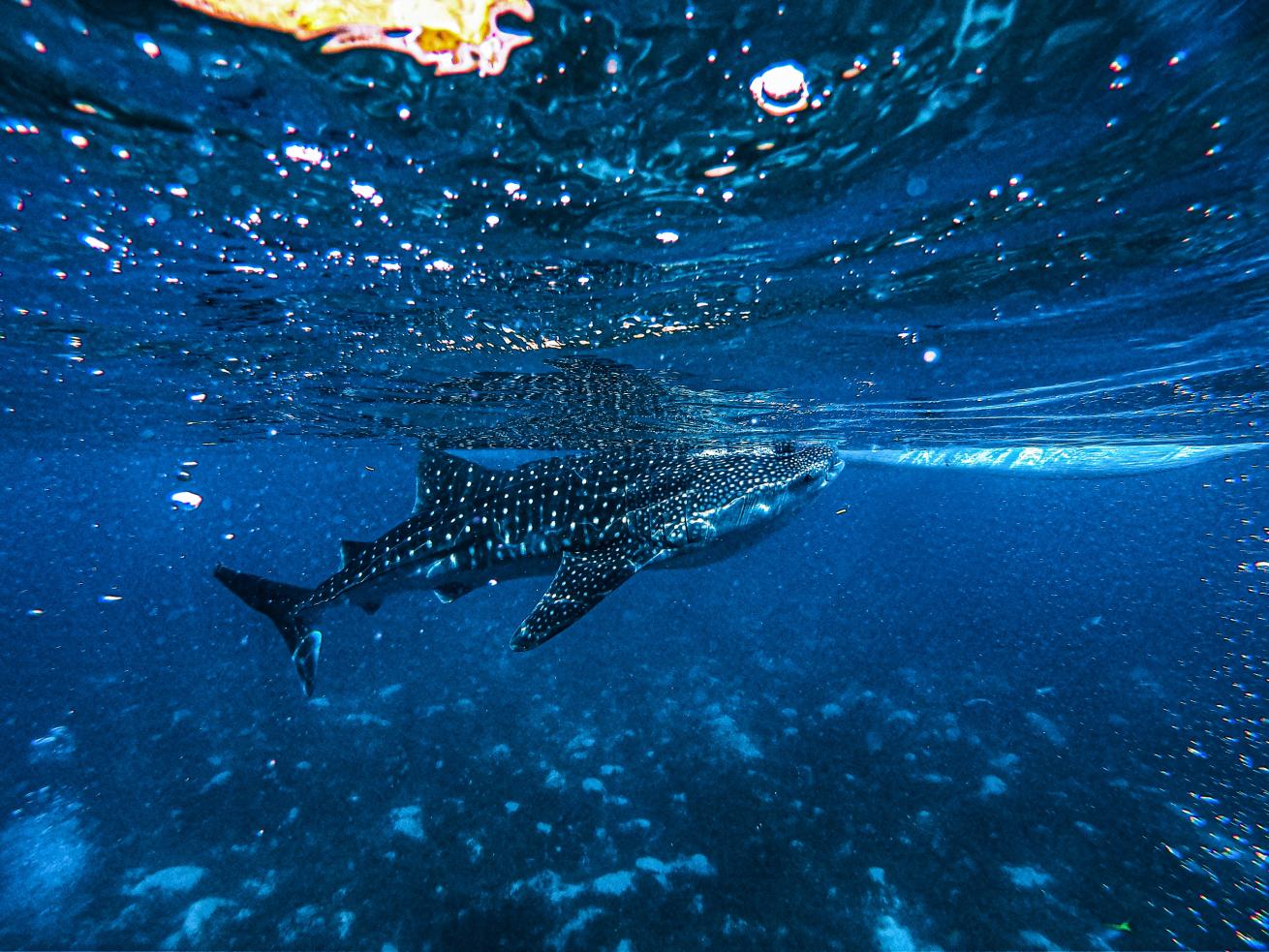
Photo by Jeremy Bishop on UnsplashA whale shark cruises by the surface
While technically a snorkel-only experience, divers who spend their entire lives hoping to encounter a whale shark can book reliable encounters in places like Isla Contoy, Mexico, from June to September, where the sharks congregate in large numbers to feed on plentiful plankton, their favorite meal. But it’s an especially remarkable experience when it’s unexpected, and that can happen anywhere in the world.
DISCOVER WHERE YOU CAN ENCOUNTER WHALE SHARKS!

